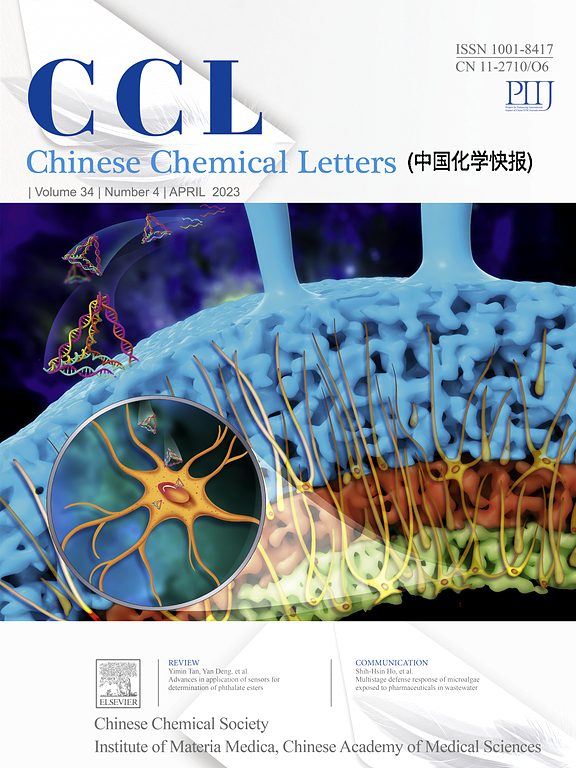Reduction of methane emission from microbial fuel cells during sulfamethoxazole wastewater treatment
IF 9.4
1区 化学
Q1 CHEMISTRY, MULTIDISCIPLINARY
引用次数: 0
Abstract
Carbon emissions from wastewater treatment contribute to global warming and have received widespread attention. It is necessary to seek low-carbon wastewater treatment technologies. Microbial fuel cells (MFC) and osmotic microbial fuel cells (OsMFC) are low-carbon technologies that enable both wastewater treatment and energy recovery. In this study, MFC and OsMFC were used to treat sulfamethoxazole (SMX) wastewater, and direct carbon emissions during operation was calculated. The highest SMX removal rate can reach about 40%. Simultaneously, the CH4 emission factor was significantly reduced to less than 6 g CO2/kg of chemical oxygen demand. The accumulation of SMX-degrading bacteria competed with methanogens for carbon source utilization, leading to a significant decrease in the relative abundance of methanogens. It is hoped that this study can provide a sustainable approach to antibiotic wastewater treatment and promote the development of low-carbon wastewater treatment technologies.
在磺胺甲噁唑废水处理过程中减少微生物燃料电池的甲烷排放
废水处理过程中的碳排放加剧了全球变暖,受到了广泛关注。寻求低碳废水处理技术势在必行。微生物燃料电池(MFC)和渗透性微生物燃料电池(OsMFC)是一种低碳技术,可实现废水处理和能源回收。本研究采用MFC和OsMFC处理磺胺甲恶唑(SMX)废水,并计算运行过程中的直接碳排放量。SMX去除率最高可达40%左右。同时,CH4排放因子显著降低至6 g CO2/kg化学需氧量以下。smx降解菌的积累与产甲烷菌竞争碳源利用,导致产甲烷菌相对丰度显著降低。希望本研究能为抗生素废水处理提供可持续的途径,促进低碳废水处理技术的发展。
本文章由计算机程序翻译,如有差异,请以英文原文为准。
求助全文
约1分钟内获得全文
求助全文
来源期刊

Chinese Chemical Letters
化学-化学综合
CiteScore
14.10
自引率
15.40%
发文量
8969
审稿时长
1.6 months
期刊介绍:
Chinese Chemical Letters (CCL) (ISSN 1001-8417) was founded in July 1990. The journal publishes preliminary accounts in the whole field of chemistry, including inorganic chemistry, organic chemistry, analytical chemistry, physical chemistry, polymer chemistry, applied chemistry, etc.Chinese Chemical Letters does not accept articles previously published or scheduled to be published. To verify originality, your article may be checked by the originality detection service CrossCheck.
 求助内容:
求助内容: 应助结果提醒方式:
应助结果提醒方式:


